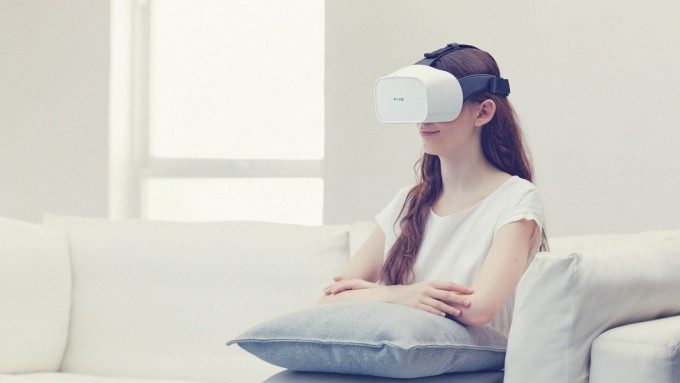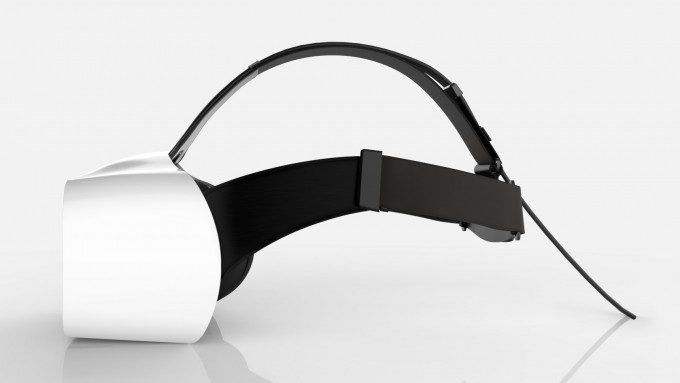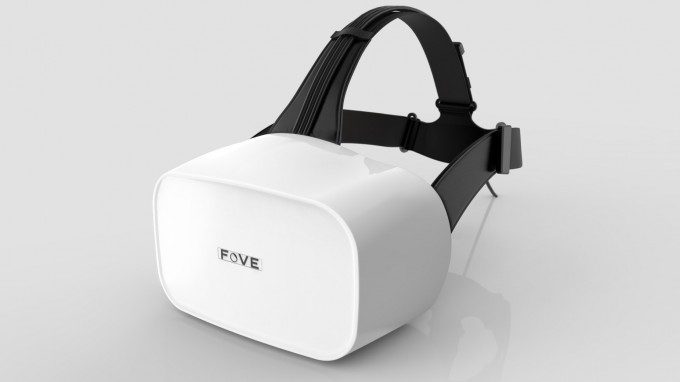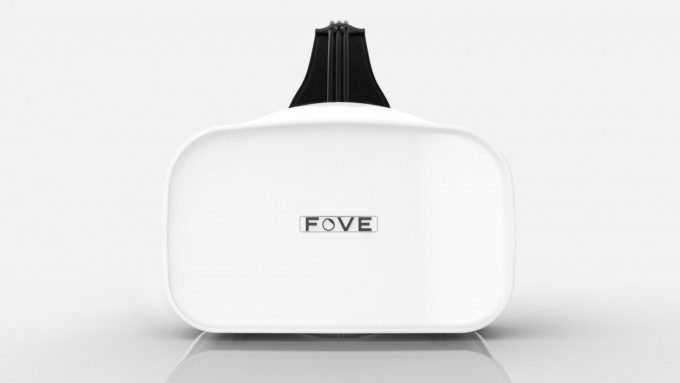FOVE has announced that their first eye-tracking VR headset, the FOVE 0, will open for pre-orders on November 2nd, and has also released the final specifications of the device.
Much like Oculus, FOVE began as a successful Kickstarter which raised $480,000, nearly twice its goal, back in mid-2015. The company went on to raise an $11 million Series A investment in 2016, and now plans to open pre-orders for their first headset, the FOVE 0, starting on November 2nd.
The headset’s unique differentiator is built in eye-tracking, which the company says is accurate to within 1 degree, and fast enough for foveated rendering (a technique which improves rendering performance by only drawing the scene sharply where the eye can detect high detail).
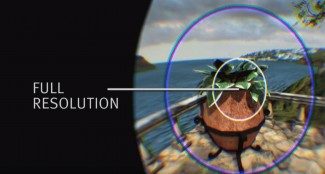
The benefits of eye-tracking are potentially many; FOVE promises that the headset will be able to detect the player’s eye movement and represent it within VR to make their avatar more realistic. They also say that the user’s gaze can be used to make UI selections, target enemies, create depth of field, or trigger context-sensitive events that only happen when the user is looking in a certain location within the virtual world.
FOVE hopes to be the first VR headset on the market with eye-tracking, and we expect other major headsets like the Oculus Rift, HTC Vive, and PlayStation VR to add eye-tracking in future product iterations.
You’ll of course note the zero in the headset’s name. This denotes the FOVE 0 as a sort of precursor headset, which the company tells us is “primarily designed to be for VR hobbiest and developers.” Launching a developer-focused version of the headset first is similar in approach to Oculus who launched two development kit headsets (DK1 and DK2) prior to their consumer VR headset.
Along with the November 2nd release date, the company has announced the final specifications of the FOVE 0 headset.
FOVE 0 Specifications
- Display: WQHD OLED (2560×1440)
- Display Refresh Rate: 70Hz
- Field of View: 90 ~ 100 degrees
- Tracking:
- Head Tracking
- Rotational
- Positional
- Eye Tracking
- 120FPS infrared x2 (accuracy <1 degree)
- Head Tracking
- Weight: 520g
- Audio: 3.5mm audio jack
- Connections: HDMI 1.4, USB 3.0, USB 2.0
- Accessories: Positional tracking camera, face cushion
Compared to the 2160×1200 displays of the HTC Vive and Oculus Rift, the 2560×1440 display of the FOVE 0 has 42% more pixels, on par with Samsung’s Gear VR headset. Unfortunately the display only has a refresh rate of 70Hz, which comes in significantly below the 90Hz of the Rift and Vive (not to mention the 120Hz of PlayStation VR), and slightly lower than the 75Hz of Oculus’ Rift DK2 development kit. A lower refresh rate means more latency and less smooth motion inside the headset. However, with the success of Gear VR, even with its 60Hz refresh rate, 70Hz ought to work fine as a starting point for FOVE 0, though it’s an area we expect to see improve in future versions of the headset.
Robust positional tracking has historically been very difficult for companies other than leaders in the VR space to achieve, but FOVE says they’ve created their own positional tracking solution based on an infrared camera and (we presume) infrared markers inside the shell of the headset, similar to Oculus’ ‘Constellation’ tracking system. While in previous hands-ons with prototypes of the headset we found the rotational tracking to be on-par with leading headsets, we’ve yet to have a chance to try the company’s positional tracking solution.
For those with glasses, the company says that FOVE 0 will work with clear contacts, but they don’t recommend colored contracts or wearing glasses with the headset as the frames can block the infrared eye-tracking. It’s unknown if the headset has IPD or lens-to-eye distance adjustments, but we’re in touch with FOVE to find out.
In addition to showing their latest prototypes at the Tokyo Game Show this week in Japan, the company has announced that the Xenko game engine has committed to official support of the FOVE 0 headset. At this time, it sounds like the company will ask developers to build for the headset using their own proprietary SDK rather than tapping into Valve’s OpenVR platform to enable compatibility with SteamVR games. This makes sense of course, because the company needs to give developers eye-tracking data to work with, which isn’t something encountered on other consumer headsets to date.
FOVE encourages those interested to register for the email list on their website to be notified the moment that pre-orders launch on November 2nd. So far the company hasn’t announced a price or final release date for FOVE 0.

